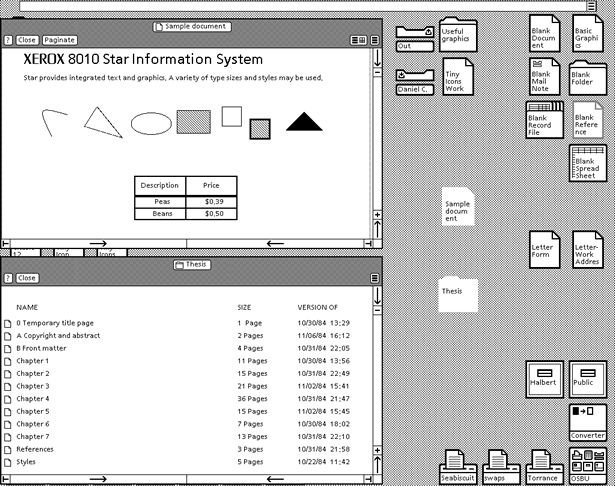Why IA Matters for UX — A Brief History of Information Architecture
Imagine arriving at a foreign airport with no navigational signage around you. You will get terribly lost. A well-designed wayfinding system helps us navigate a new environment in order to answer the following questions:
- Where am I?
- What’s here?
- Where else can I go?
Information architecture (IA) is essentially a mental wayfinding system. It helps to answer above 3 questions by arranging information to be understandable. According to Wikipedia, it is “the art and science of organizing and labelling data including: websites, intranets, online communities, software, books and other mediums of information, to support usability”.
In the example of arriving at a foreign airport, navigation signs help you to identify where you are (arrival hall), what’s here (go to transfer, claim your luggage, exit the airport etc), and what else you could do (information desk, restaurant & shops, airport lounges etc).
As you can see, Information Architecture evolves around the audience. The organization of information here follows a clear purpose: to help users navigate the complex information to make decisions. Peter Morville and Louis Rosenfeld — authors of the defininive IA textbook “Information Architecture for the World Wide Web” — came up with a basic framework that defines what IA is.

An integral part of User Experience Design, IA informs Content Strategy by identifying what information is needed by the user in that particular context, and helps Interaction Design in the wireframing process. Every good UX Designer is also a competent information architect.
And how did Information Architecture come about? Here we take a look at how IA developed over time as a discipline.
IA 1.0 (Pre-Computer Times)
Arranging information is a practice as old as writing. Around 330 B.C., ancient Egypt’s Library of Alexandria listed its contents in a 120-scroll bibliography.
Ever since then, libraries have always been associated with the practice of information science. We see scientific methods used in classification such as at the Library of Congress classification system where publications are arranged in alphabetical order for easy retrieval.
IA 2.0 (Advent of Computers)
In 1964, an IBM research paper entitled “Architecture of the IBM System/360” described “architecture” in the computing context as “the conceptual structure and functional behavior, distinguishing the organization of data flows and controls, logical design, and physical implementation.”
It isn’t until the mid 1970s when Richard Wurman first used “information” and “architecture” together to describe a new profession that gives structure to information to yield meaning. Although groundbreaking, Wurman’s definition of IA was primarily concerned with “Information Design”. In other words, using visual representation to simplify and structure information for better clarity. The information here can be a simple page of information, not neccessarilty referring to a system.

Following this development of IA as an emerging discipline in late 1970s, a group of information scientists at Xerox Palo Alto research Center were given permission to develop infrasture to support an “elegant and inspiring phraseology, the architecture of information”. This marked the beginning of the first wave of IA that was inseparatable from the development of HCI (Human Computer Interaction). Developments from Xerox led to the first graphical interface for an information system for direct user interaction.

What defined IA in the internet era was Louis Rosenfeld and Peter Morville’s book “Information Architecture for the World Wide Web”. Having used a lot of architecture metaphors to describe the solutions the present to designing website, Rosenfeld and Morville took the Information Science approach to IA.
Unlike Wurman, they brought the librarian approach back to IA where the main goal is to design a system where information is labeled for easy navigation and search. Below video by Dan Klyn sums up the classical view of what IA as information science: establish meanings with the correct labels (ontology), arranging parts with a contextually relevant classification system (taxonomy), and structing the information system for a fluid navigation (cheorgraphy). Check out Dan Klyn’s post here.
IA 3.0?
While the labelling, classifying ang navigating of information is still relevant to the web today, the entire population is spending a lot of time on mobile apps where information flows in ever-more interactive, responsive and social interfaces with transmedia and artificial intelligence.
Some radicals have announced the death of IA in this new era of interconnected webs and mobile apps, claiming that the web has evolved beyond classifying information to relationships. The goal of interactive systems seem to veer towards modelling behaviour by purposeful presentation of information.
What do you think? Is interaction design taking over the predominance of information architecture? What is the place for IA in a world of AR, VR and multi-media, and how it evolve as a discipline? Share your thoughts below.
